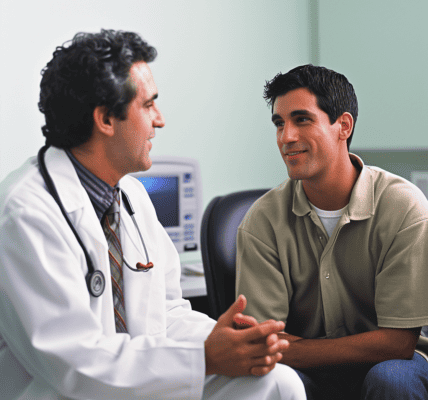Brain’s Motivation Mechanics: How Hunger Drives Goal Pursuit
Researchers have made a significant breakthrough in understanding the brain’s thalamus and its role in hunger-driven motivation. A recent study conducted with mice has shed light on the involvement of two distinct neuronal populations within the paraventricular nucleus (PVT) in regulating actions aimed at achieving a goal, such as foraging for food.
The study revealed that dopamine D2 receptor-positive (PVTD2(+)) neurons play a pivotal role in amplifying motivation and pursuit behaviors, while their counterparts, PVTD2(–) neurons, are linked to action termination. This discovery challenges previous assumptions about the uniformity of the PVT and underscores its critical function in translating hunger into motivated action. The findings hold promise for the development of new treatments for motivation-related psychiatric conditions.
Key Findings:
- Distinct Neuronal Roles: PVTD2(+) neurons exhibit increased activity during goal pursuit, indicating heightened motivation, while PVTD2(–) neurons are more active during action termination, contributing to a balance in pursuit behaviors.
- Reevaluation of the PVT: Contrary to the conventional view of the PVT as a simple relay station, the study emphasizes its complex role in processing motivational signals and influencing goal-oriented behaviors.
- Potential Therapeutic Targets: Understanding the dual functions of the PVT opens up new possibilities for addressing motivational deficits in psychiatric conditions, offering hope for targeted therapies.
The study, conducted by researchers at the University of Alabama at Birmingham and the National Institute of Mental Health, involved training mice in a foraging-like behavior within a controlled environment. The mice were required to wait in a trigger zone before initiating a foraging task to reach a reward zone for a food incentive. The researchers utilized optical photometry and the calcium sensor GCaMP to monitor the activity of the two major neuronal subpopulations in the PVT.





